The impressionist movement
The Impressionist movement originated in the 1860s and it was affirmed clearly in the Exhibition of 1874.
It constitutes a rupture of the academic canons, opposing them with outdoor painting and the capture of the variations of light and the colours of Nature.
The artists seek to break free of symmetry and geometric concepts, and now obey their own sensory perception at the moment of creation.
The Impressionist movement is as well, and above all, the affirmation of the freedom of the individual expression of the artist.
It is for this reason that when we define the main features of an Impressionist painting and analyse some works of artists usually integrated in this movement, some difficulty of “definition” may be encountered; some works of artists defined as Impressionists do not contain the features that Art History has established for this movement.
But this is after all the essence of the Impressionist movement: individual freedom.
The Impressionist Exhibition in 1874
This independent exhibitions took place in 1874, at the atelier of the photographer Nadar.
Among the 29 participants, we can refer Claude Monet, Paul Cézanne, August Renoir, Alfred Sisley, Camille Pissarro, Berthe Morisot and Edgar Degas.
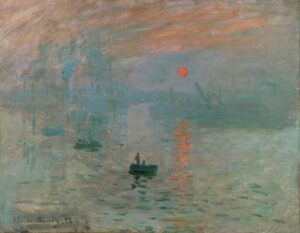 It was during this exhibition that the term “Impressionism” was born. The art critic Louis Leroy, intending to undermine this new kind of art that so distanced itself from the academic canons, used this designation referring to the work of Claude Monet, Impression, Sunrise.
It was during this exhibition that the term “Impressionism” was born. The art critic Louis Leroy, intending to undermine this new kind of art that so distanced itself from the academic canons, used this designation referring to the work of Claude Monet, Impression, Sunrise.
Dance at Le moulin de la Galette
The Bal au Moulin de la Galette was painted in Paris, in Montmartre , and depicts a frequent theme in Impressionist paintings: the bourgeois life.
It is perhaps the best known work of Pierre Auguste Renoir and reflects some of the main characteristics of Impressionism.
Capturing the moment – the painting should be able to capture the moment, the instant modelled by light and movement.
Light and colour – figures change depending on the time of day and the incidence of light.
Outdoor Painting – the artists favoured painting outdoors, which allowed the capture of the colour variations in Nature.
Shadows – these should be bright and colourful, mimicking the visual impression that they cause on us. Thus, the contrasts of light and shade must be obtained using complementary colours.
Colours – colours and tones should not be obtained by mixing paint on the palette. They must be pure and dissociated on the canvases with loose strokes. The construction of the tones and colours becomes fundamentally a game of optics.



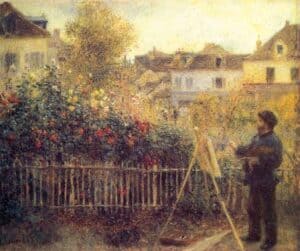

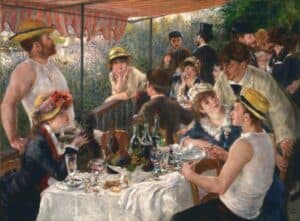
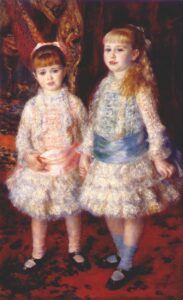
 It was during this exhibition that the term “Impressionism” was born. The art critic Louis Leroy, intending to undermine this new kind of art that so distanced itself from the academic canons, used this designation referring to the work of Claude Monet, Impression, Sunrise.
It was during this exhibition that the term “Impressionism” was born. The art critic Louis Leroy, intending to undermine this new kind of art that so distanced itself from the academic canons, used this designation referring to the work of Claude Monet, Impression, Sunrise.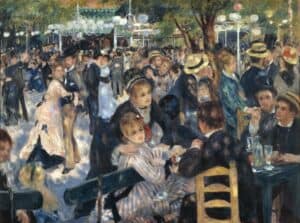
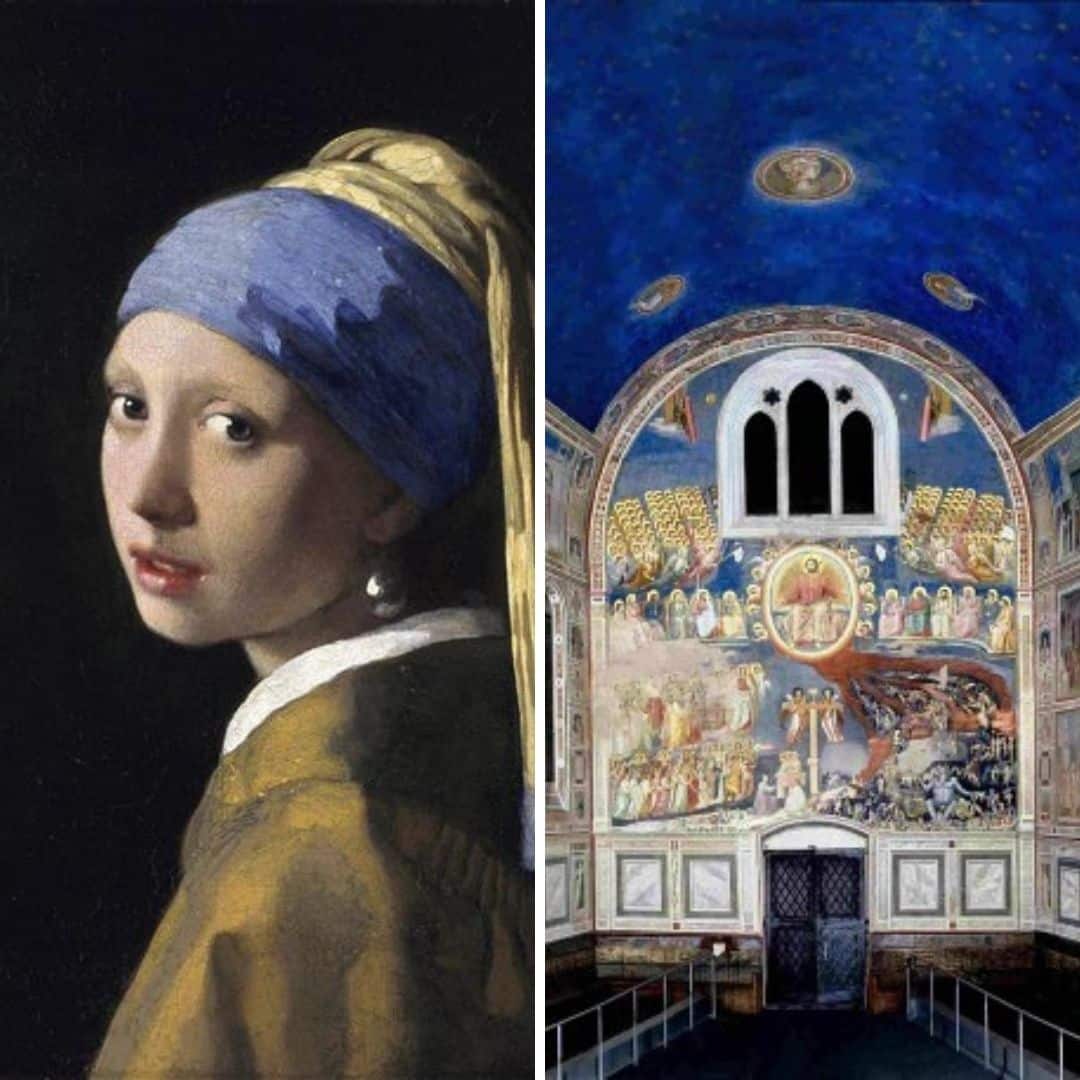

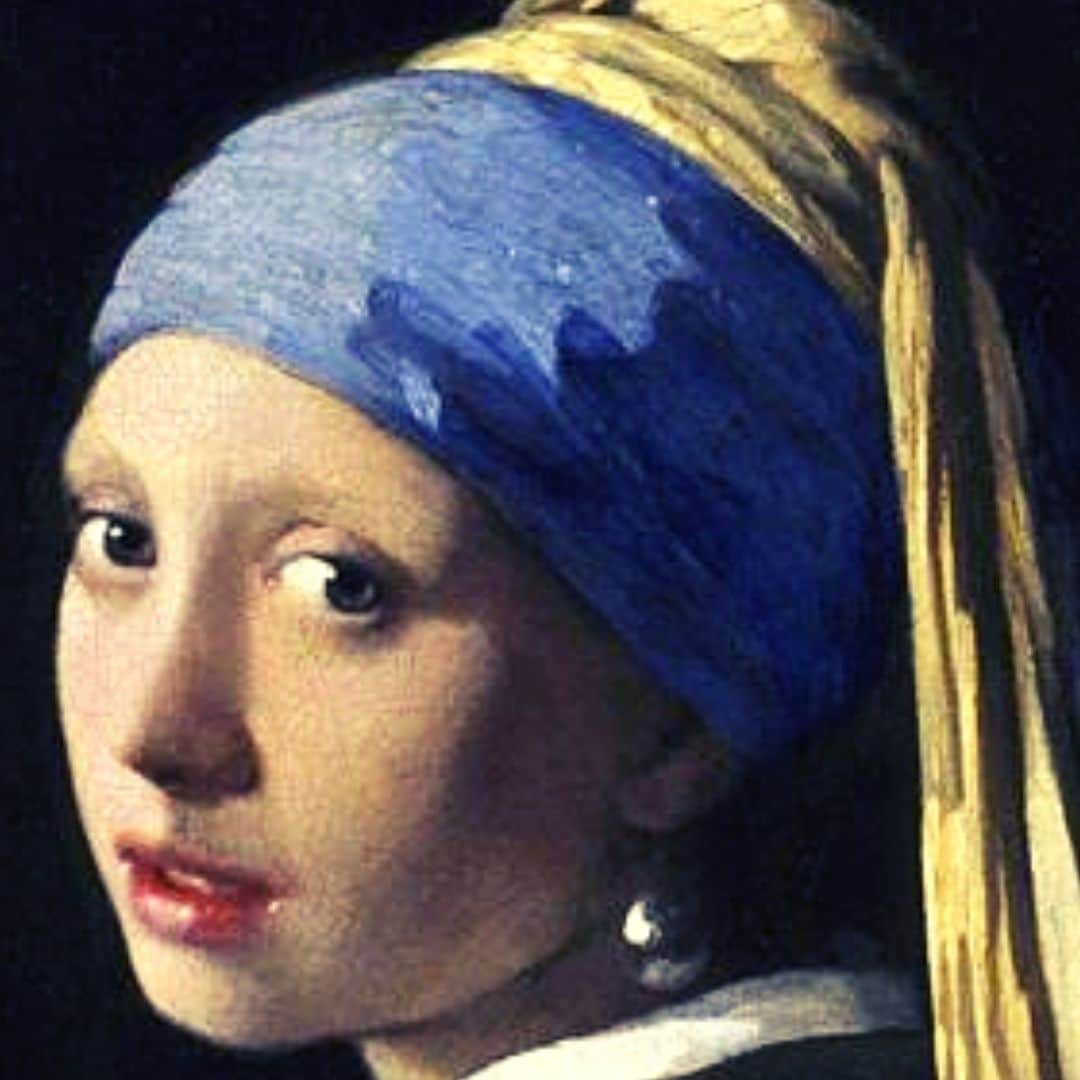


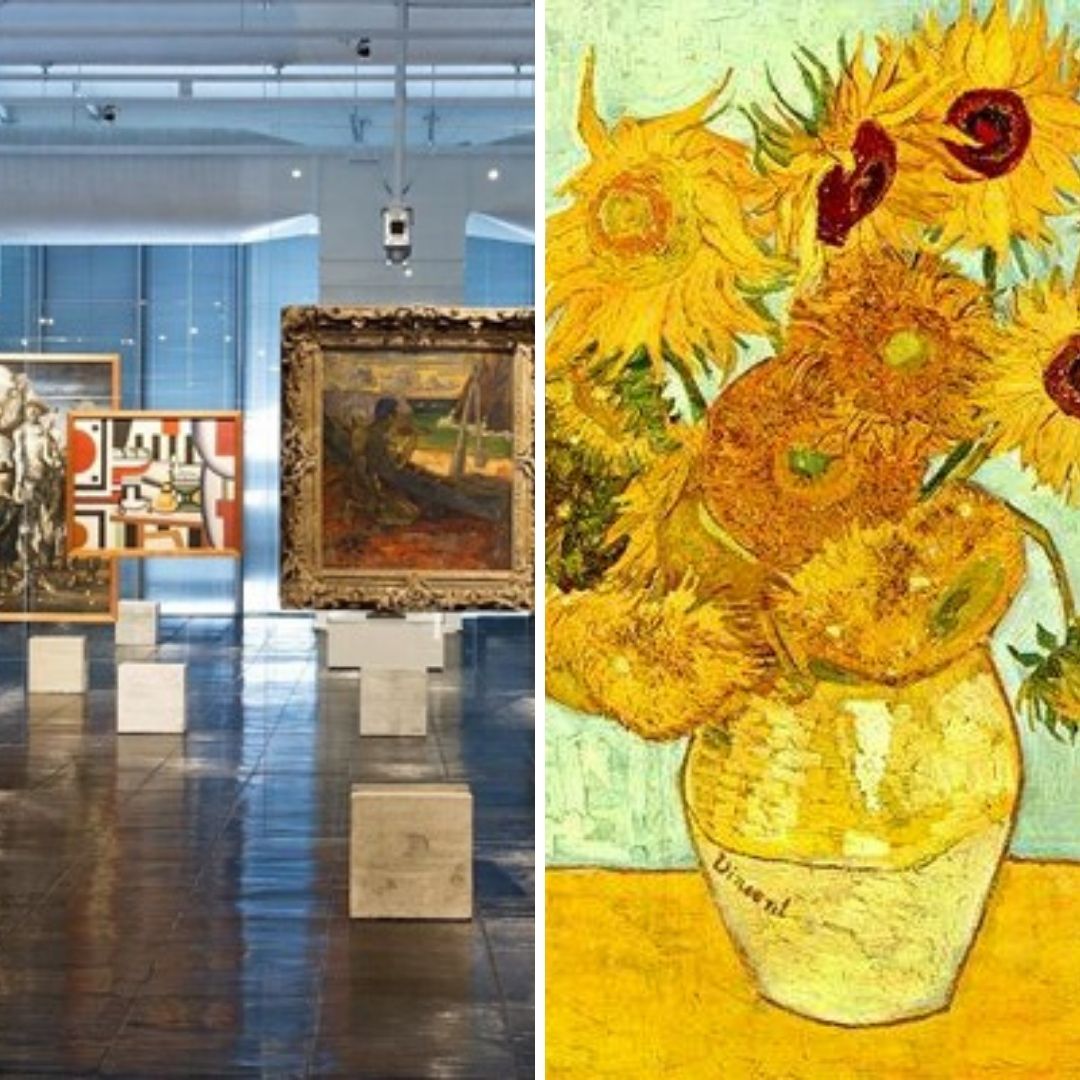
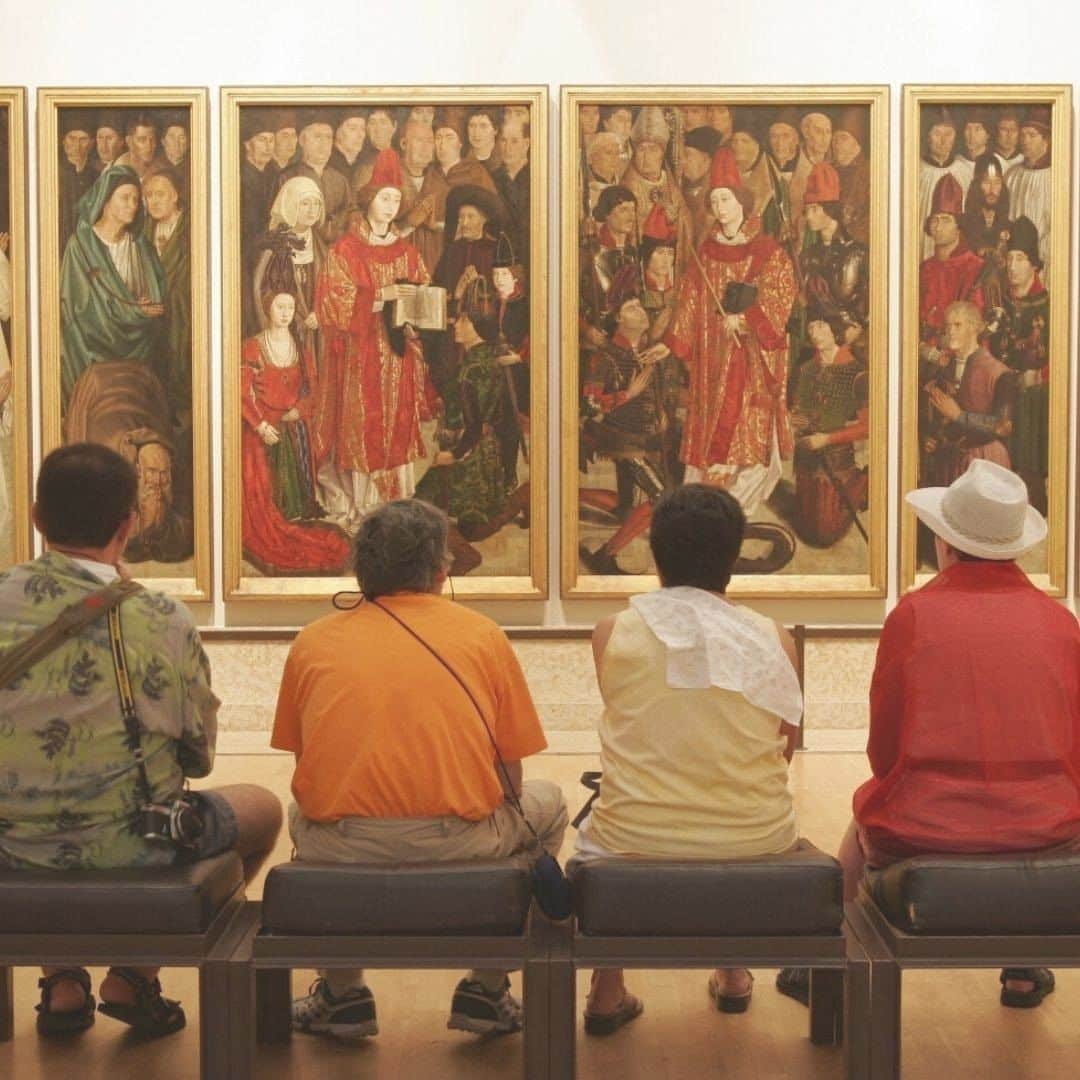
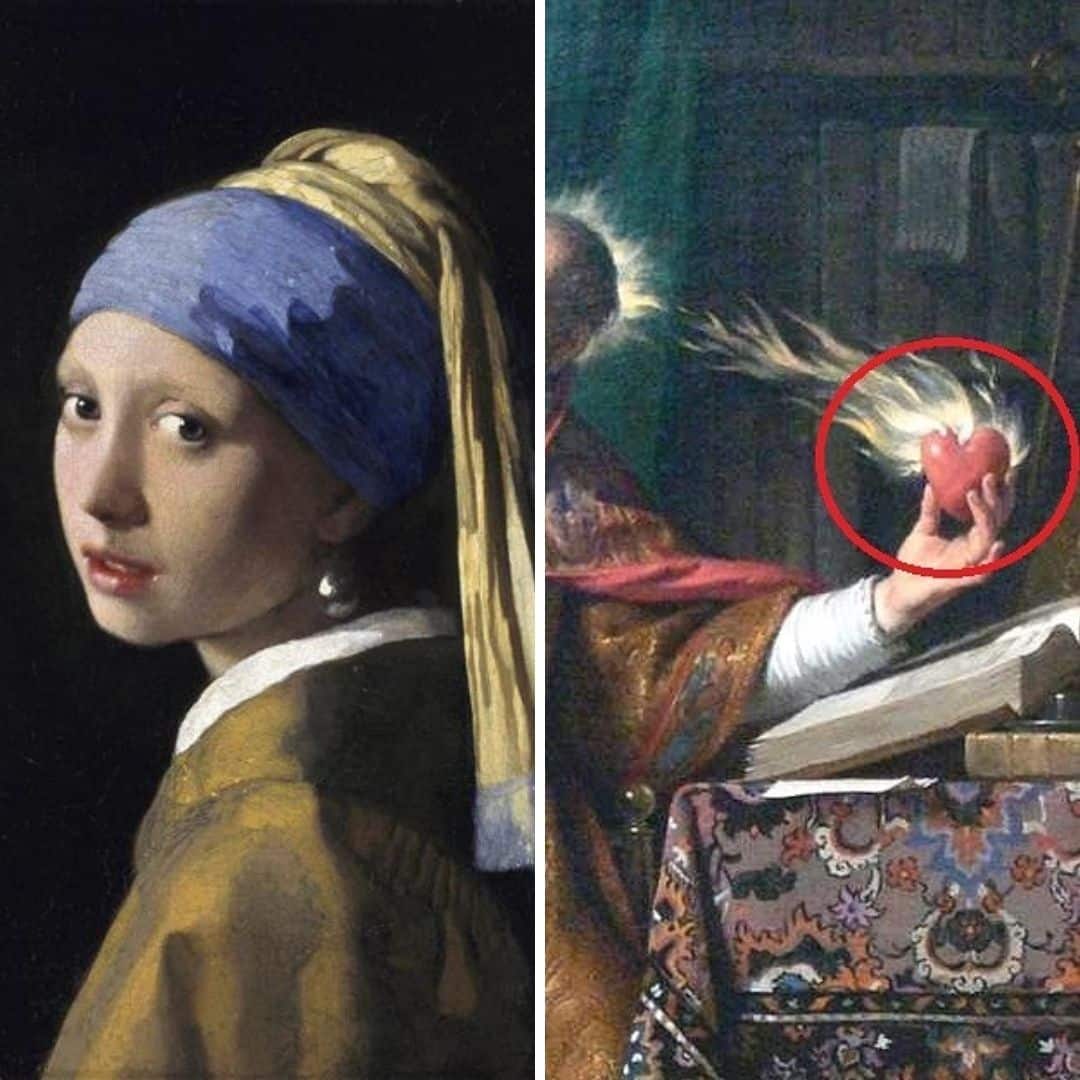

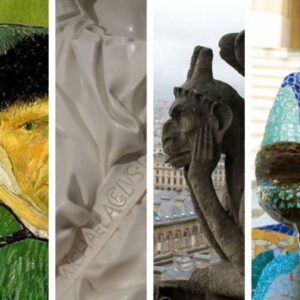
5 Comments.
EXTREAMILY IMPORTANT FOR ME, AS, FOR THE TIME BEING, I AM A LECTURER OF HISTORY, ART AND ARCHITECTURE IN TWO PORTUGUESE UNIVERSITIES IN LISBON
THANK YOU SO MUCH.
JOÃO SOUSA
We thank you, João.
We will try to share information about this subjects.
We hpope to be useful.
Thanks
[…] Learn more about Renoir and his work in this article. […]
Rute allways giving us best of food about loving art
I appreciate you taking the time to create this post. It has long been extremely helpful to me in fact. Appreciate it.